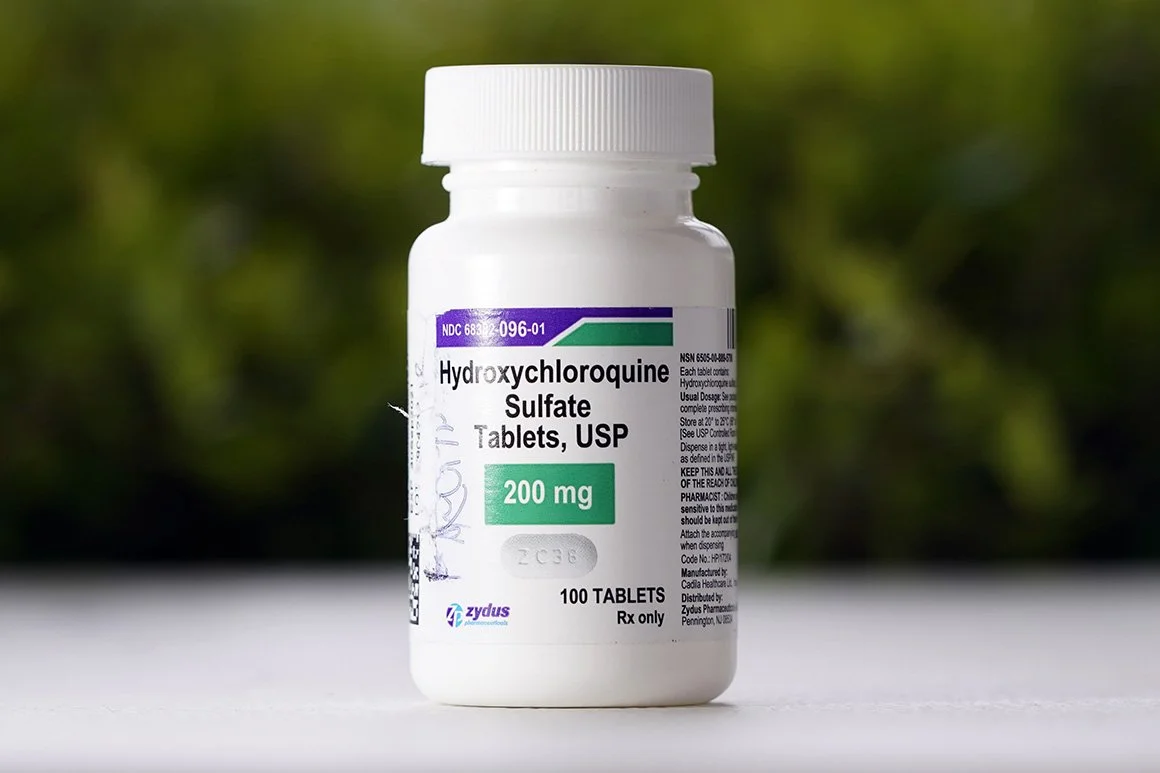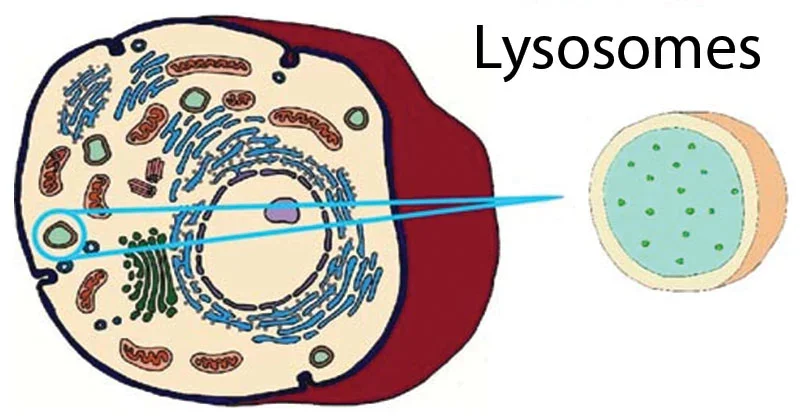Hydroxychloroquine and Lyme: Exploring Its Role in Ongoing Research and Symptom Management
Lyme disease, a tick-borne illness caused by Borrelia burgdorferi, has long been a challenge in medical circles, not only for its acute symptoms but also due to its chronic form, which leaves patients struggling with long-term, debilitating conditions.
While traditional treatments focus on antibiotics such as doxycycline, some researchers are exploring alternative therapies. One such potential treatment is hydroxychloroquine, a drug traditionally used for malaria and autoimmune disorders like lupus and rheumatoid arthritis.
In recent years, hydroxychloroquine has garnered attention for its potential role in treating chronic Lyme disease, a condition that occurs when the symptoms of Lyme disease persist for months or even years despite initial treatment.
What is Hydroxychloroquine?
Hydroxychloroquine, often sold under the brand name Plaquenil, is a medication primarily used to treat malaria and autoimmune diseases such as systemic lupus erythematosus and rheumatoid arthritis. It was approved by the FDA in 1955 for the treatment of malaria, but it has since been found to have a broad range of applications in various systemic diseases.
Hydroxychloroquine works by modulating the immune system, preventing the activation of immune cells and reducing inflammation. Its ability to increase the pH inside certain cellular compartments, particularly in lysosomes, helps suppress the immune system’s overactive response. Additionally, hydroxychloroquine can also inhibit viral replication and interfere with the way cells process certain molecules, offering a potential benefit in cases of chronic infections.
The Connection Between Hydroxychloroquine and Lyme Disease
Lyme disease is caused by the bacterium Borrelia burgdorferi, which is transmitted to humans through the bite of infected black-legged ticks. The disease manifests in multiple stages, starting with a characteristic skin rash (erythema migrans) and progressing to symptoms affecting the joints, nervous system, and heart. While early-stage Lyme disease is usually treated effectively with antibiotics, chronic Lyme disease can persist in some individuals, leading to ongoing symptoms such as fatigue, joint pain, and cognitive dysfunction.
In chronic Lyme disease, Borrelia burgdorferi may evade the immune system through various mechanisms, including the bacteria’s ability to hide inside acidic cellular compartments. This makes the bacteria less susceptible to treatment with standard antibiotics, which are less effective in acidic environments.
It has been hypothesized that hydroxychloroquine could be an effective adjunct therapy for chronic Lyme disease due to its ability to alkalinize these acidic compartments, thereby making it easier for antibiotics to target the Borrelia bacteria more effectively.
This approach is based on the theory that hydroxychloroquine, by raising the pH inside lysosomes, could help "unlock" these compartments and allow antibiotics like macrolides including clarithromycin and azithromycin to work more effectively.
Research Supporting Hydroxychloroquine’s Role in Chronic Lyme Disease
One of the most significant studies exploring hydroxychloroquine's role in chronic Lyme disease treatment was conducted by Dr. Sam T. Donta, which investigated the effects of macrolide antibiotics combined with hydroxychloroquine. This study involved 235 patients who had chronic Lyme disease, with symptoms like fatigue, musculoskeletal pain, and neurocognitive dysfunction. The patients were treated with a combination of macrolide antibiotics and hydroxychloroquine.
The results were promising: approximately 80% of the patients reported significant improvements in their symptoms after three months of treatment. Moreover, the study found that patients who had been treated with hydroxychloroquine in combination with macrolides experienced a faster and more noticeable improvement compared to those treated with either hydroxychloroquine or macrolides alone. This suggests that hydroxychloroquine could augment the effects of antibiotics in chronic Lyme disease.
Further studies have reinforced the potential synergy between hydroxychloroquine and antibiotics. By increasing the pH inside the lysosomes where Borrelia can hide, hydroxychloroquine might help overcome one of the significant challenges in treating chronic Lyme disease. While the research is still in its early stages, these findings offer hope for new treatment options for patients with persistent Lyme disease symptoms.
Hydroxychloroquine’s Mechanism of Action in Lyme Disease
Hydroxychloroquine’s potential to aid in Lyme disease treatment lies primarily in its ability to alter the cellular environment. The drug works by alkalinizing the acidic lysosomal compartments in cells. The lysosomes are where many pathogens, including Borrelia burgdorferi, can hide and evade the immune system’s attack. When the pH of these compartments is raised, the drug allows antibiotics to work more effectively, as many antibiotics are less effective in an acidic environment.
This cellular action makes hydroxychloroquine a unique player in the treatment of chronic Lyme disease, as it may help unlock the bacteria from their hiding places, making them more vulnerable to the antibiotic treatment. Additionally, hydroxychloroquine has anti-inflammatory properties, which could help manage the systemic inflammation that persists in chronic Lyme disease patients.
Is Hydroxychloroquine a Game-Changer for Lyme Disease?
Hydroxychloroquine has already shown its worth in the treatment of autoimmune diseases, and its potential in chronic Lyme disease is increasingly being explored. However, despite the promising results from early studies, hydroxychloroquine is not a cure for chronic Lyme disease. It may not work for everyone, and its role in Lyme disease treatment remains an area of active research.
Moreover, the use of hydroxychloroquine comes with its own set of risks. Common side effects include headaches, gastrointestinal issues, dizziness, and skin rashes. More severe adverse effects can include retinal toxicity and heart arrhythmias, particularly with long-term use. These risks underscore the importance of careful medical supervision when using hydroxychloroquine as part of Lyme disease therapy.
In the clinical setting, the combination of hydroxychloroquine and macrolide antibiotics has shown significant promise, but it’s still considered an experimental approach. The FDA has not approved hydroxychloroquine for Lyme disease treatment, and healthcare providers typically prescribe it off-label based on individual patient needs and circumstances. It is essential for patients to work closely with their healthcare providers to determine the best treatment plan.
Final Words
Despite its potential, hydroxychloroquine remains an experimental treatment for Lyme disease, and its use should be carefully considered in consultation with a healthcare professional. As more research is conducted, we may gain a clearer understanding of how hydroxychloroquine can contribute to the fight against chronic Lyme disease, offering hope for patients seeking relief from this often-debilitating illness.


